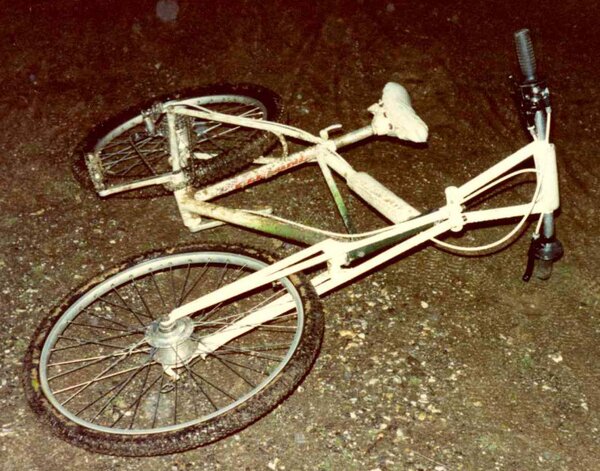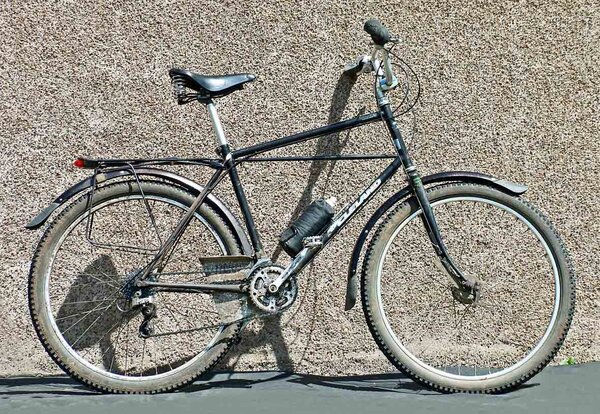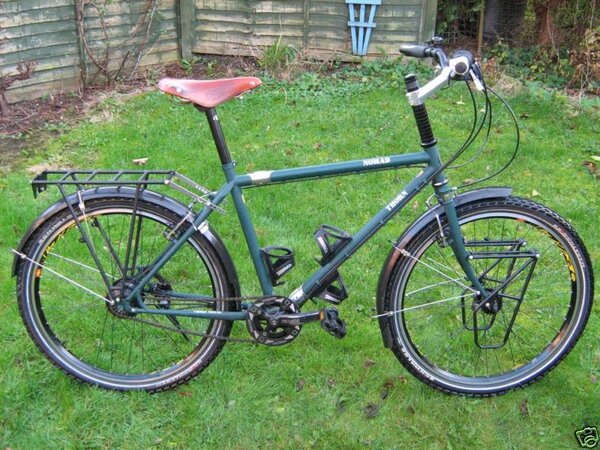- Feedback
- View
Re: 1979 and all that
This brings me to the subject of cross braced frames. The phase 1 (1979) Cleland was unbraced. The Phase 2 (1980) Cleland had two.
I know that the cross braces are a geometric means of triangulating the frame by preventing fork induced bending forces from breaking it. (These can induce flex which can lead to metal fatigue and result in sudden failure).
What I would like to know is the story behind these being added to the 1980 bike.
Most framebuilders waited for oversize tripple or quadruple butted tubesets to be introduced. It seems to me that yours is a more elegant engineering solution when compared to simply adding more metal where the tubes flex.
In theory, triangulated braces should convert bending forces into the less destructive forces of compression and tension.
The technique, of replacing bending,sheer,and tortional forces, within structures, with the less destructive compression and tension, has been at the centre of structural engineering for centuries. Why do so many bike designers ignore this?
Maybe it's all about looks.
GeoffApps":1m8ltfu7 said:And now for the 1980 Range Rider....
...Anyway, any questions, anyone?
This brings me to the subject of cross braced frames. The phase 1 (1979) Cleland was unbraced. The Phase 2 (1980) Cleland had two.
I know that the cross braces are a geometric means of triangulating the frame by preventing fork induced bending forces from breaking it. (These can induce flex which can lead to metal fatigue and result in sudden failure).
What I would like to know is the story behind these being added to the 1980 bike.
Most framebuilders waited for oversize tripple or quadruple butted tubesets to be introduced. It seems to me that yours is a more elegant engineering solution when compared to simply adding more metal where the tubes flex.
In theory, triangulated braces should convert bending forces into the less destructive forces of compression and tension.
The technique, of replacing bending,sheer,and tortional forces, within structures, with the less destructive compression and tension, has been at the centre of structural engineering for centuries. Why do so many bike designers ignore this?
Maybe it's all about looks.


